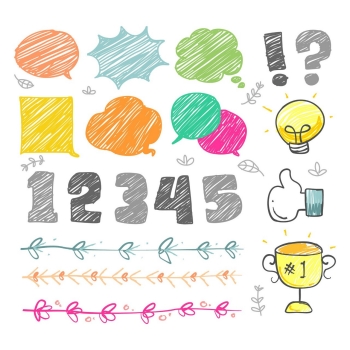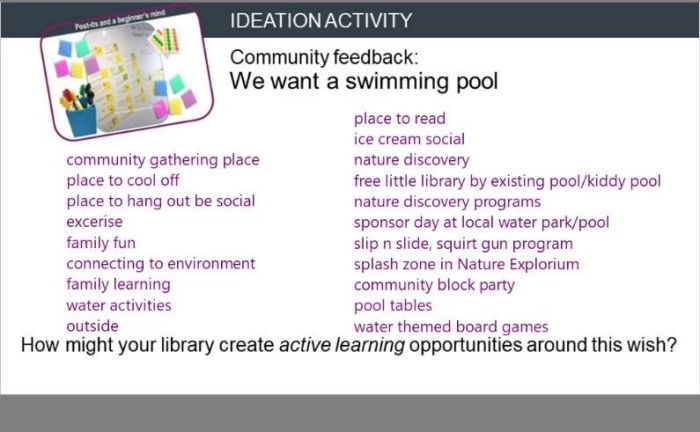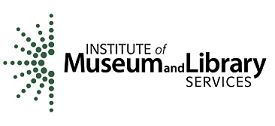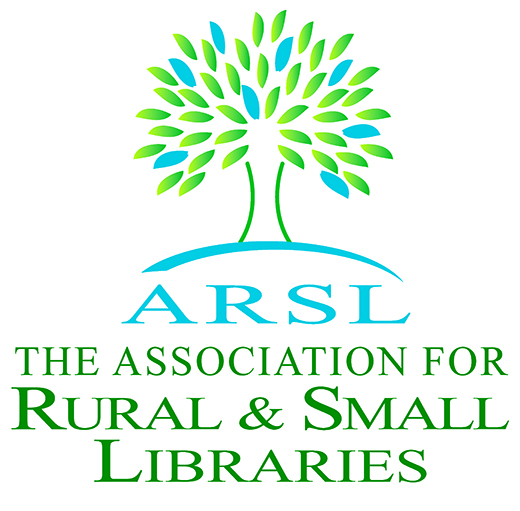Turning Community Input into Workable Ideas
Editor’s note: The Small Libraries Create Smart Spaces project used placemaking and design-thinking strategies to support libraries through a process that transformed their existing spaces in cost-effective ways and reimagined their relationship with their communities. The series of stories that follow summarizes the experiences of the second Smart Spaces cohort, who participated in 2019-2020. This second story in the series covers the “ideation” phase of the design thinking process. For stories of the first cohort (2017-2018), see their Transformation Stories.

In their community discovery process, the 15 libraries participating in the second round of Small Libraries Create Smart Spaces learned that community input is likely to lead to more questions than neat, complete answers. In sorting through the tangle of community responses gathered during discovery, our cohort faced questions like, “how do I make sense of so many seemingly unconnected, random ideas?” and “how do I process those ideas when they seem unrelated to the library?” Our Smart Spaces cohort realized it was going to take some interpretation and imagination to answer these questions and get to the heart of how the library might respond to what their community both needed and wanted.
Ideation in action
Luckily, design thinking has a strategy for this. Ideation is the experimental aspect of the design thinking process that takes the top two or three ideas gathered from the community and brainstorms how to expand those ideas into a wealth of possibilities for how the library might meet those needs. The design thinking process is intended to encourage expansive thinking to challenge the assumptions about what the library can do. It forces the brainstormers to start from way outside the box, entertain ideas that may seem improbable or disconnected from library service, and resist staying comfortably within the constraints of customary thinking. While it is tempting to pick the most conventional requests for brainstorming (e.g., “we want more storytimes”), it is more fruitful to pick suggestions that seem far outside the realm of what libraries do (e.g., “we want a Walmart”). Although a library doesn’t determine where Walmart builds locations, there may be aspects of the community desire for a Walmart that the library can address.
One of the Smart Spaces libraries received the community request, “we want a swimming pool.” To demonstrate design-thinking ideation, the project team led the cohort through an exercise to explore that feedback and demonstrate how the ideation process can lead to unexpected solutions. The first rule of brainstorming is to defer judgement, to quell that internal voice that says, “we can’t do that.” To stimulate more flexible thinking, participants were first asked to dissect the wish/idea and use the following questions to think beyond the obvious solutions:
- What are some core aspects of the idea?
- What is the essential experience behind it?
- How do people think this idea might improve their lives?
- What are people’s feelings about it? What kind of emotional fulfillment might this idea bring them?

The Smart Spaces cohort reflected that a swimming pool spoke practically to wanting to cool down in the summer. It also speaks to the desired experience of family fun and a community gathering place to hang out and be social. A swimming pool is about being physically active, outdoors, and connected to the environment.
Reflecting on these qualities associated with a swimming pool, the Smart Spaces cohort was asked to think of activities that share these qualities but are not a swimming pool. From there, the group considered how library activities might be able to meet those wants. The cohort generated ideas like hosting a slip and slide and other water programs on the library grounds, playing water-themed board games, hosting an ice cream social, or guiding nature discovery programs about water or tactics for cooling off. Even if a community request seems out of reach for the library on the surface, the ideation process can help staff explore the deeper meaning behind the request to spark innovative ideas for action. This exercise also helped the Smart Spaces cohort get comfortable with the brainstorming best practices for suspending judgement, using intuition, and resisting a rush to solutions.
Ideation is not intended to be a solo activity. Working with a team brings in other minds, experiences, and perspectives to contribute to the flow of ideas. There’s no formula for who should be on a team. An ideation brainstorm could happen at a library board meeting, staff meeting, or community meeting. It could be an intentional mix of library staff, board members, and representatives from the community. It could also include a teen group, who are often better at coming up with wild ideas. Ideation sessions can occur online or in person.
The Smart Spaces cohort practices ideation: Examples from the field
Sarah Jones-Lutter, Director at the Redfield Carnegie Library in Redfield, South Dakota was nervous to ask people to join the ideation group. She faced challenges with coordinating schedules, asking for time commitments—the ideation group was planned for the summer months—and explaining what an ideation group even meant. “How do you set up a time to meet (especially with the summer being so crazy)? Where do we do it? How do you even ASK someone to join you for an ideation session? Will they know what that means?”
To ease into the process, Jones-Lutter had an “unofficial” ideation session one afternoon with a library assistant who had just started working at the library. Reviewing the results of the library survey and dot board administered during the community discovery phase, they were able to identify a handful of big ideas and brainstorm creative solutions. “We just threw out ideas, wrote down the gist on a piece of paper, and then stuck it on the wall.” If there was a complementary idea, they grouped them together on the wall. “We didn’t judge or analyze our ideas,” says Jones-Lutter. After the impromptu session, she created a digital version of the brainstorm wall to review later. The session was a bit awkward since there were only two of them, Jones-Lutter explained, “but by the end we had some good ideas to start with and it definitely got me more comfortable with ideation and the brainstorming process.” From that initial experience, Jones-Lutter was able to give the following advice to her fellow Smart Spaces cohort: “My biggest advice from the one session is just do it! I was very nervous to try it out, but once we started brainstorming it wasn't so bad. Rather than set specific rules, we just did whatever felt right. We weren't sure what we were doing, but we did it anyway!”
One participant who took that advice to heart is Malia Sanford, Program and Arts Coordinator at the Lopez Island Library on Lopez Island, Washington. During the earlier community discovery process, Sanford had to consider how to account for the shifting demographics of a vacation community. By engaging in multiple community discovery exercises, including dot boards and community conversations, Sanford was able to gather a variety of responses from both Lopez Island residents and visitors. Prior to her ideation session, Sanford arranged her community discovery feedback into three categories: big issues (island-wide), general library requests (space-related), and specific library requests. She also included a category for words that describe an ideal community.
Taking Jones-Lutter’s advice, Sanford “just did it,” hosting an ideation session that included staff members, a library board member, and a member of the community who is a homeschooling parent and interior designer. Sanford posted the goals of active learning to provide inspiration and direction for the group and began the brainstorming session for programming possibilities. The ideation team delved deeper into the desire for “comfy seating,” which came up frequently in the community discovery feedback. The ideation team suggested rationales like "people can focus better when they are comfortable"; "people want a place that is comfortable like their home, but doesn't have the same distractions as home"; and "comfy means being able to socialize while also having a project to focus on." The group also brainstormed ideas about how the space could be redesigned. Sanford thought the meeting was generative, reflecting, “I feel like we made progress in our space-planning process.”
If you’re finding yourself with a wealth of community feedback and are not sure how to make sense of it all, ideation provides tools that will divert you from rushing to familiar solutions, help you think more expansively, and steer your library toward innovative, workable ideas. And remember, if you’re feeling intimidated, follow the advice of our participants: just do it!
Read the three other stories in this series, summarizing the experiences of the second Smart Spaces cohort as they moved through the design thinking process:
The Smart Libraries Create Smart Spaces project was made possible by support from OCLC and a National Leadership Grant (project number LG-80-16-0039-16) from the Institute of Museum and Library Services. The Association for Rural and Small Libraries was implementation partner for the project.


Toolkit for Creating Smart Spaces
WebJunction offers a toolkit to help you re-envision your library’s place as a center of community learning. Explore more of the Toolkit for Creating Smart Spaces.
